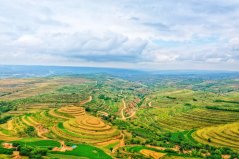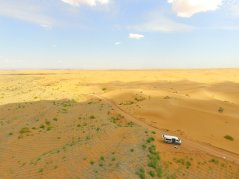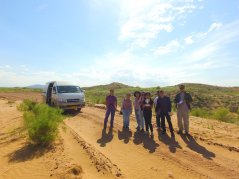
Project
Greening the desert: What can we learn from the Chinese dryland restoration projects?
Drylands cover about 40% of the planet, host one third of the world population and are one of the most susceptible ecosystems to environmental degradation. How to effectively restore drylands is a main concern for scientists, policy-makers and communities worldwide. Chinese drylands offer one of the most impressive examples of vegetation collapse followed by large-scale restoration projects.
In this project, we use a combination of remote sensing, field surveys and mathematical modelling to assess the potentials and outcomes of the large-scale restoration practices in the sand dunes systems in China, and explore the links between theoretical expectations and practical outcomes.
Publications related to this project
-
Climate, topography and anthropogenic effects on desert greening : A 40-year satellite monitoring in the Tengger desert, northern China
Catena (2022), Volume: 209, Issue: Part 2 - ISSN 0341-8162 -
Can remotely sensed vegetation patterns signal dryland restoration success?
Restoration Ecology (2023), Volume: 31, Issue: 3 - ISSN 1061-2971


